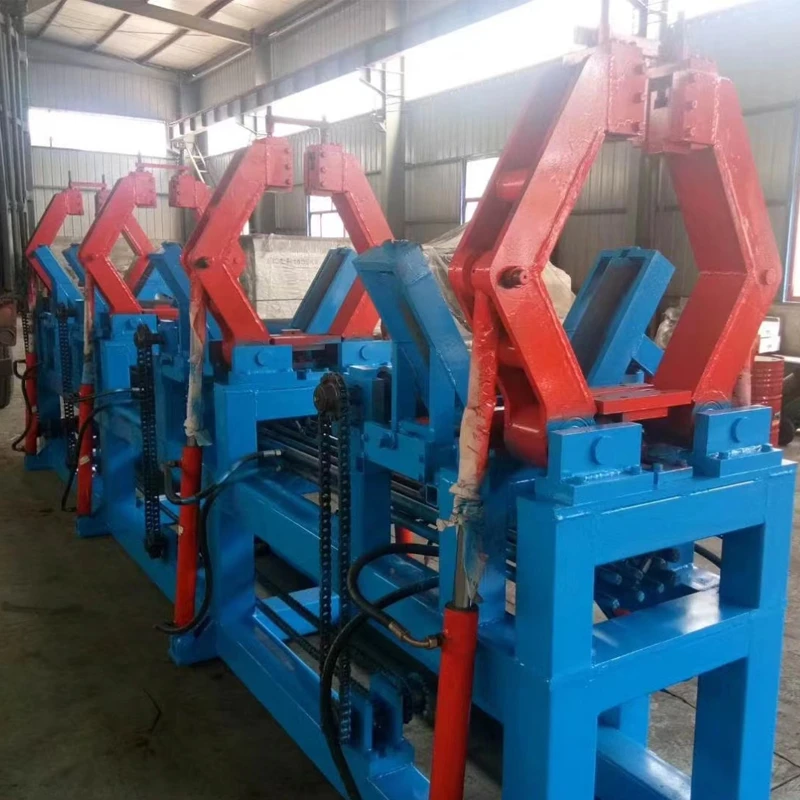Techniques and Safety Practices for Welding Natural Gas Pipelines in the Energy Industry
The Importance of Natural Gas Pipe Welding
Natural gas is one of the most significant sources of energy globally, playing a crucial role in various industries and residential applications. To transport this crucial resource efficiently and safely, a network of pipelines is established, which necessitates robust and reliable welding processes. The welding of natural gas pipes is a critical operation that ensures the integrity and safety of the pipeline system. This article delves into the importance of natural gas pipe welding, the techniques used, and the standards that govern this vital work.
The Role of Welding in Pipeline Integrity
Welding is an essential process in the construction and maintenance of natural gas pipelines. It involves joining two or more metal pieces by melting them together, forming a strong, cohesive bond. The primary objective of welding in this context is to ensure that the pipelines can withstand high pressures and prevent leaks, which could lead to dangerous situations, including explosions and environmental hazards.
The integrity of a natural gas pipeline directly impacts its efficiency and safety. Poorly executed welds can result in unforeseen failures, jeopardizing not only the pipeline's functionality but also the safety of surrounding communities. Therefore, impeccable welding practices are paramount.
Techniques in Natural Gas Pipe Welding
Several welding techniques are employed in the natural gas industry, with the most common being
1. Gas Tungsten Arc Welding (GTAW) Also known as Tungsten Inert Gas (TIG) welding, GTAW is perfect for thin-walled pipes. It offers excellent control and produces high-quality welds, making it ideal for pipelines that require stringent safety measures.
2. Shielded Metal Arc Welding (SMAW) Commonly referred to as stick welding, this technique uses a consumable electrode coated in flux to lay the weld. Its versatility makes it suitable for various positions and environments, but it can be less efficient for large-scale pipelines.
natural gas pipe welding

3. Submerged Arc Welding (SAW) This method involves the formation of an arc between a continuously fed electrode and the workpiece, submerged under a blanket of granular fusible flux. SAW is favored for its high deposition rates and ability to produce deep weld penetration, making it ideal for large diameter pipes.
4. Flux-Cored Arc Welding (FCAW) A variation of MIG (Metal Inert Gas) welding, FCAW uses a tubular wire filled with flux. It can be used in various positions, providing versatility and efficiency in multi-pass welding scenarios.
Each method possesses unique advantages and limitations, and the choice of technique depends on factors such as pipe material, diameter, wall thickness, and environmental conditions.
Standards and Regulations
Welding natural gas pipelines is governed by stringent safety and quality standards. Organizations such as the American Welding Society (AWS) and the Department of Transportation (DOT) in the United States set guidelines that must be followed to ensure safe and effective welding practices. These standards encompass qualifications for welders, inspection protocols, material specifications, and welding procedures, which collectively help mitigate risks related to pipeline integrity.
Moreover, non-destructive testing (NDT) techniques such as radiography, ultrasonic testing, and magnetic particle inspection are employed post-welding to evaluate the quality of welds. These methods are crucial for identifying any defects that could lead to future failures.
Conclusion
In conclusion, natural gas pipe welding is a fundamental aspect of the energy sector that cannot be underestimated. It ensures the safe and efficient transport of natural gas, which is vital for powering homes and industries alike. Adopting the correct welding techniques and adhering to stringent standards and regulations ensures the integrity and safety of pipeline systems. As the demand for natural gas continues to rise, the commitment to excellence in welding practices will remain a priority for operators in the field.
-
High Frequency Straight Seam Welded Pipe Production Line-BzZhou Xinghua Machinery Equipment Manufacturing Co., LTD.|Precision Welding, High EfficiencyNewsJul.30,2025
-
High Frequency Straight Seam Welded Pipe Production Line|BzZhou Xinghua|Precision Welding&EfficiencyNewsJul.30,2025
-
High Frequency Straight Seam Welded Pipe Production Line - BzZhou Xinghua|Precision Engineering&EfficiencyNewsJul.30,2025
-
High-Frequency Straight Seam Welded Pipe Production Line-BzZhou Xinghua Machinery Equipment Manufacturing Co., LTD.NewsJul.30,2025
-
High-Frequency Straight Seam Welded Pipe Production Line-BzZhou Xinghua Machinery Equipment Manufacturing Co., LTD.|Precision Manufacturing, High EfficiencyNewsJul.30,2025
-
High Frequency Straight Seam Welded Pipe Production Line-BzZhou Xinghua Machinery Equipment Manufacturing Co., LTD.|Precision Steel Pipe Manufacturing&Industrial EfficiencyNewsJul.29,2025


